Collaborations
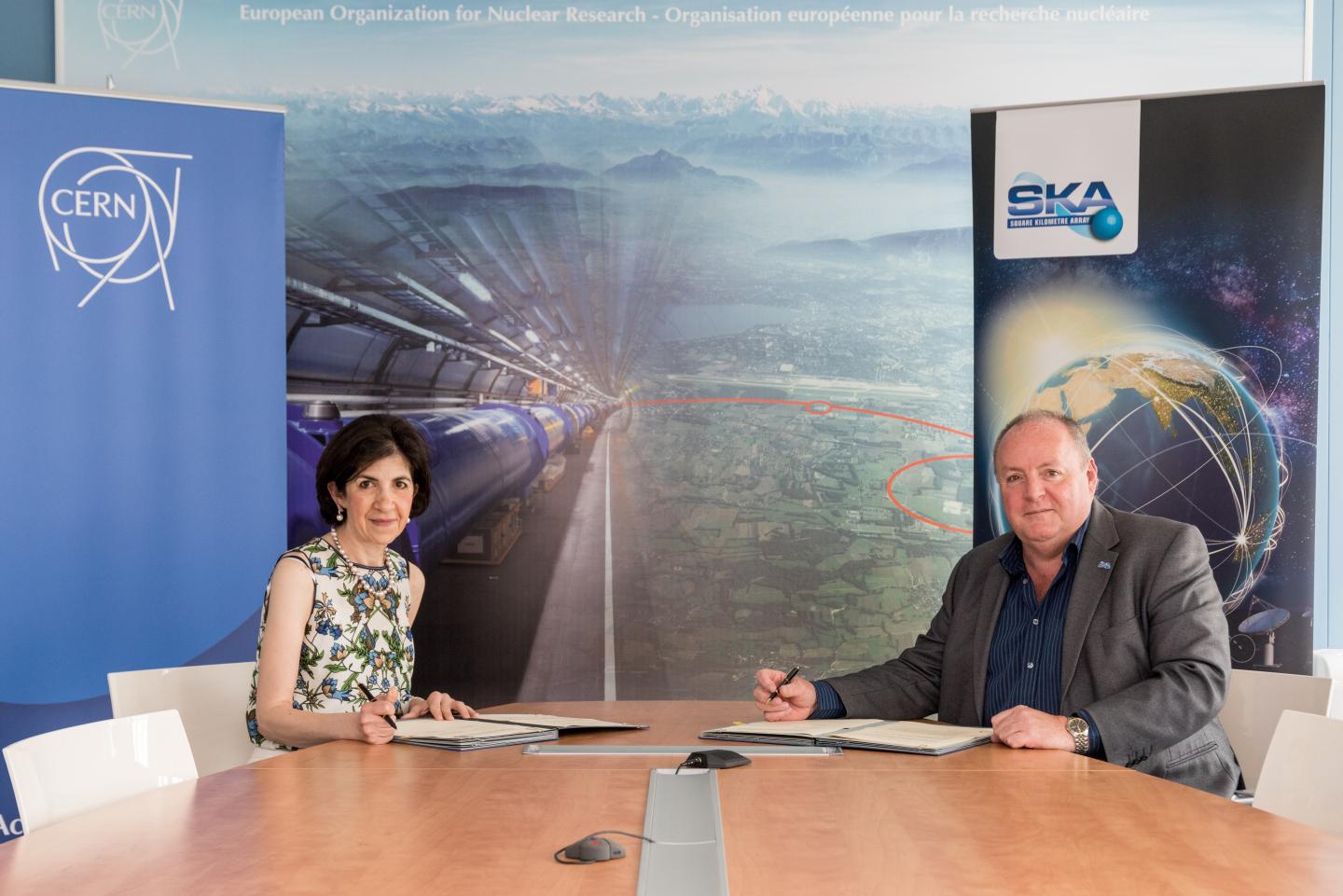
CERN
CERN is a European research organization that operates the largest particle physics laboratory in the world. Established in 1954 as an intergovernmental organisation (similar to SKAO) CERN provides the particle accelerators and other infrastructure needed for high-energy physics research.
CERN is the site of the Large Hadron Collider (LHC), the world's largest and highest-energy particle collider. The main site at Meyrin hosts a large computing facility, which is primarily used to store and analyse data from experiments, as well as simulate events. Researchers need remote access to these facilities, so the lab has historically been a major wide area network hub.
The enormous amount of data coming out of the LHC is supported by the Worldwide LHC Computing Grid. The WLCG aims to provide global computing resources for the storage, distribution and analysis of the data generated by the LHC, not unlike the SKA Regional Centres will do once the SKA Telescope is operational.
Because of these similarities SKAO and CERN signed an agreement for cooperation in the area of extreme-scale computing in 2017.
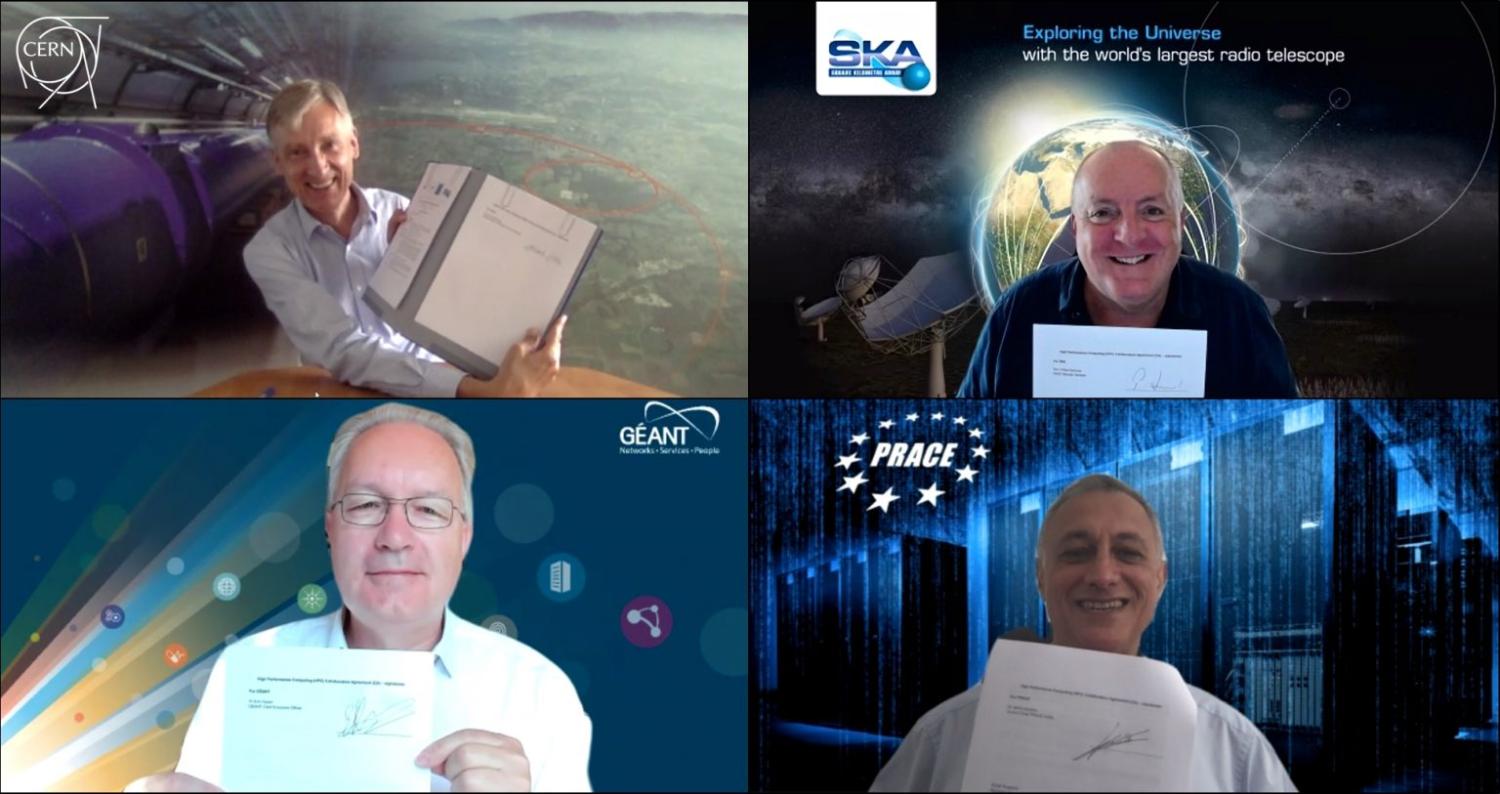
CERN, PRACE and Géant
The next-generation of High Performance Computing (HPC) technology offers great promise for supporting scientific research. Exascale supercomputers – machines capable of performing a quintillion, or a billion billion, calculations per second – are expected to become a reality in the next few years. This change in the power of HPC technology, coupled with growing use of machine learning, will be vital in ensuring the success of big science projects scheduled to come online this decade, such as SKA and CERN’s High-Luminosity Large Hadron Collider (HL-LHC).
In 2020 SKAO signed a Cooperation Agreement with CERN, the European Organization for Nuclear Research; GÉANT, the pan-European network and services provider for research and education; and PRACE, the Partnership for Advanced Computing in Europe; to overcome challenges related to the use of high-performance computing (HPC) to support large, data-intensive science projects.
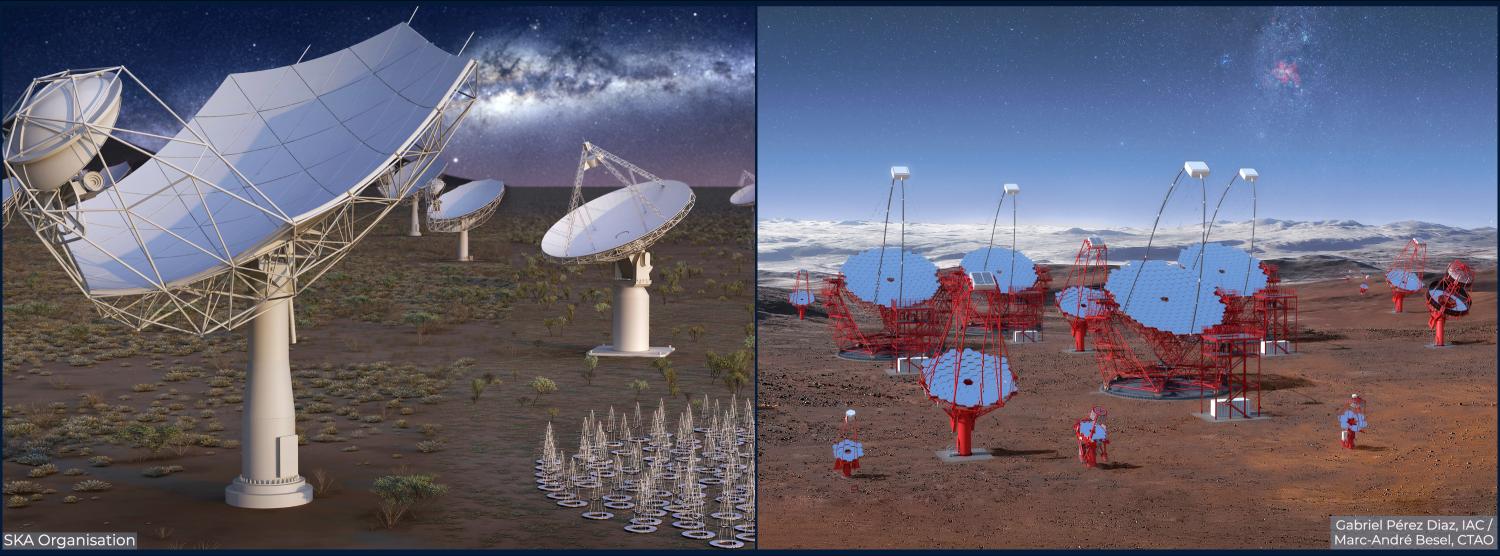
CTAO
As the flagship very high-energy gamma-ray observatory for the coming decades, the CTA Observatory is a next-generation facility targeting other wavelengths or cosmic messengers which will be complementary to the SKA Telescope. Coordinated observations between such facilities can give a more complete picture of astronomical sources and phenomena, resulting in greatly enhanced scientific discoveries. While the respective telescopes will observe opposite ends of the spectrum, there are exciting areas of scientific synergy between them. Both radio and gamma rays are a probe of the violent and variable universe, including the study of active galactic nuclei, transient events such as gamma-ray bursts and fast radio bursts, accretion into compact objects and gravitational wave counterparts.
With the aim of maximizing these collaborative benefits CTAO and SKAO signed a cooperation agreement in 2020.
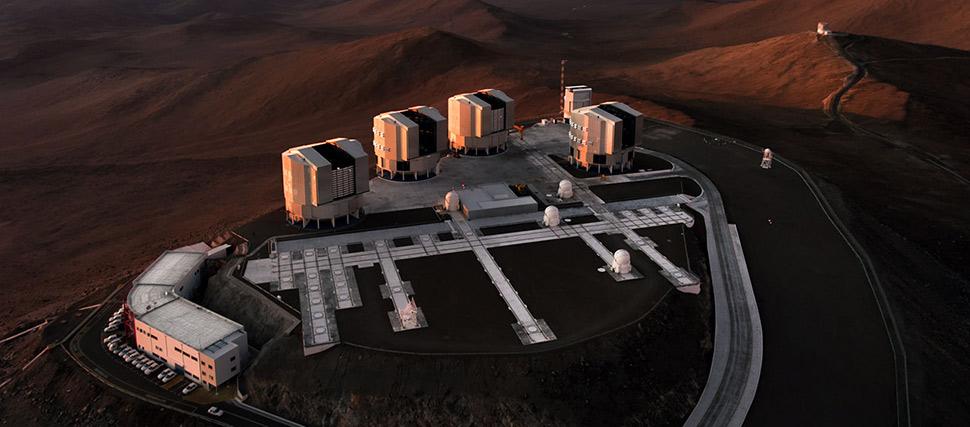
ESO
The European Southern Observatory (ESO) is – like the SKAO – an intergovernmental organisation and was established in 1962. It currently holds 16 Member States. ESO specialises in ground-based optical telescopes with a view at the southern sky. It constructs and operates world-class observatories in the Chilean Atacama desert, including the Very Large Telescope (VLT) which consists of four individual 8.2 m telescopes and four smaller auxiliary telescopes which can all work together or separately. ESO is currently constructing the Extremely Large Telescope (ELT), which on completion will be the world’s largest optical telescope. ESO’s observatories are crucial to tackle a wide range of astronomical questions.
As both SKAO and ESO are driven by the ambition to build the best telescopes, to serve the scientific community and benefit society as a whole, a collaborative agreement was signed between the two organisations in July 2023.
It establishes a general framework for cooperation and information-sharing between the SKAO and ESO, promoting strategic coordination of long-term plans, and allowing them to advance their aims in science together. Potential areas of coordination include strategic planning and governance, international relations, sustainability, diversity, equity, and inclusion, and communication, outreach, and publishing.
The agreement builds upon previous collaborations between the two observatories, included working together to advocate for the need to protect the dark and quiet skies, and organising joint workshops, including one about surveying the southern skies.
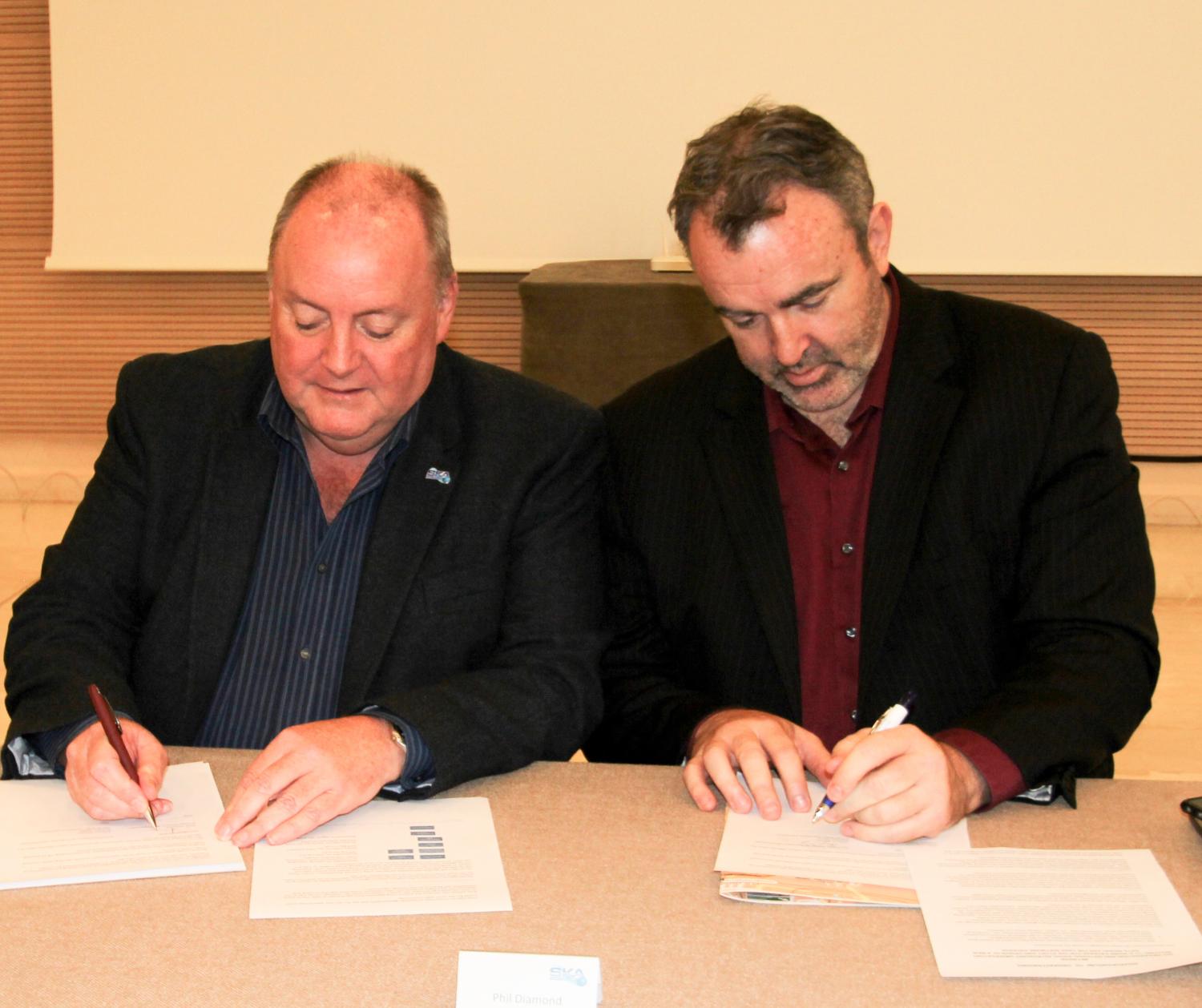
NRAO
In 2017 the SKA Organisation and the National Radio Astronomy Observatory (NRAO), signed a Memorandum of Understanding (MoU) for the design and development of new data models to address the data processing requirements of their next-generation telescopes. The MoU establishes an agreement for collaborative and continued development work on the Common Astronomy Software Applications (CASA) software package, initially developed by NRAO and partners in the early 1990s. CASA is the leading package for radio astronomy data reduction around the world and is used currently for the international Atacama Large Millimeter/sub-millimeter Array (ALMA) and the NRAO Jansky Very Large Array (JVLA) telescopes, amongst other facilities. Both ALMA and JVLA are presently the largest telescopes of their kind in the world, respectively observing in millimetre/sub-millimetre and radio wavelengths.
Founded in 1956, NRAO provides cutting-edge radio telescope facilities for use by the international scientific community. Observing time on NRAO telescopes is available on a competitive basis to qualified scientists after evaluation of research proposals. NRAO also provides both formal and informal programs in education and public outreach for teachers, students, the general public, and the media. The NRAO is a facility of the National Science Foundation operated under cooperative agreement by Associated Universities, Inc.




